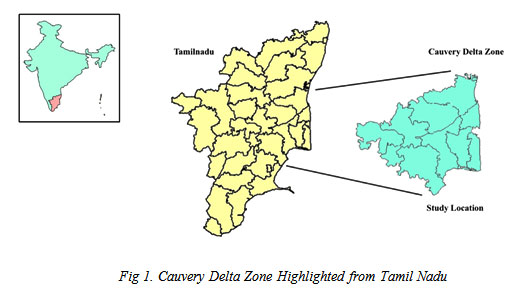7667766266
enquiry@shankarias.in
What is the issue?
How severe is the disaster?


What lies ahead?
Source: The Hindu
Quick Fact
Pradhan Mantri Fasal Bima Yojana